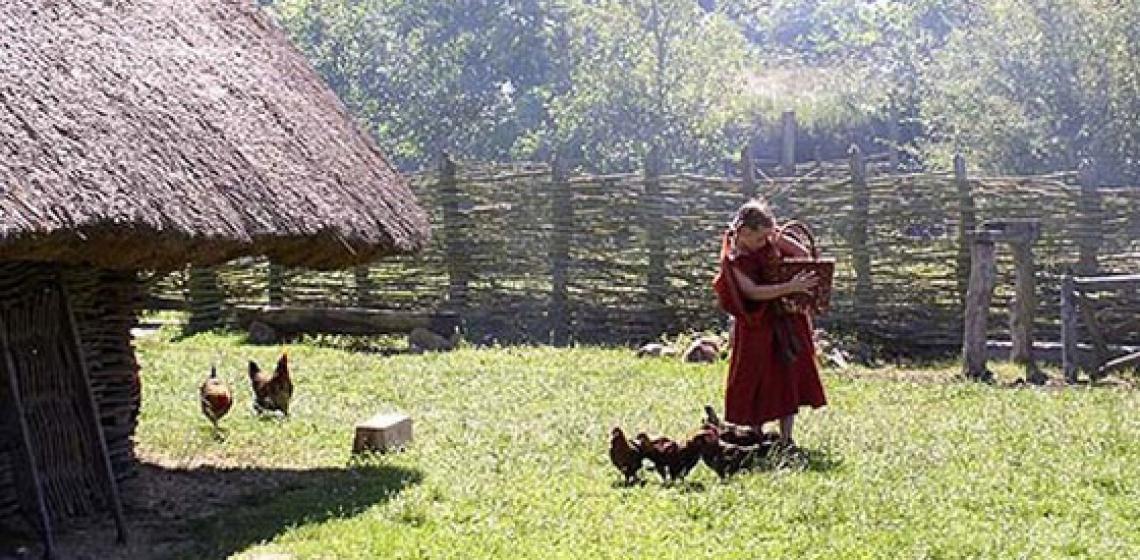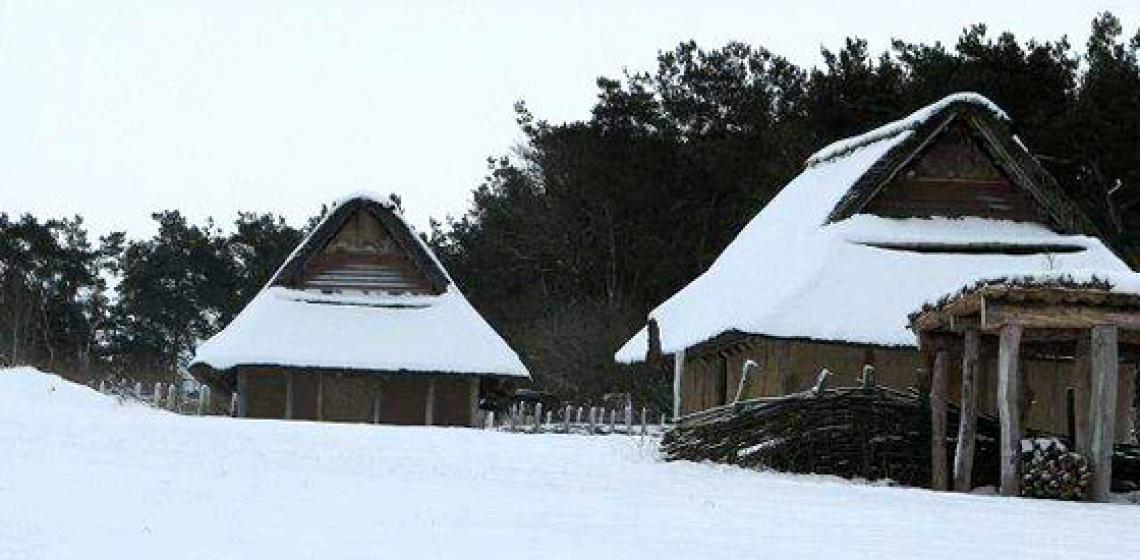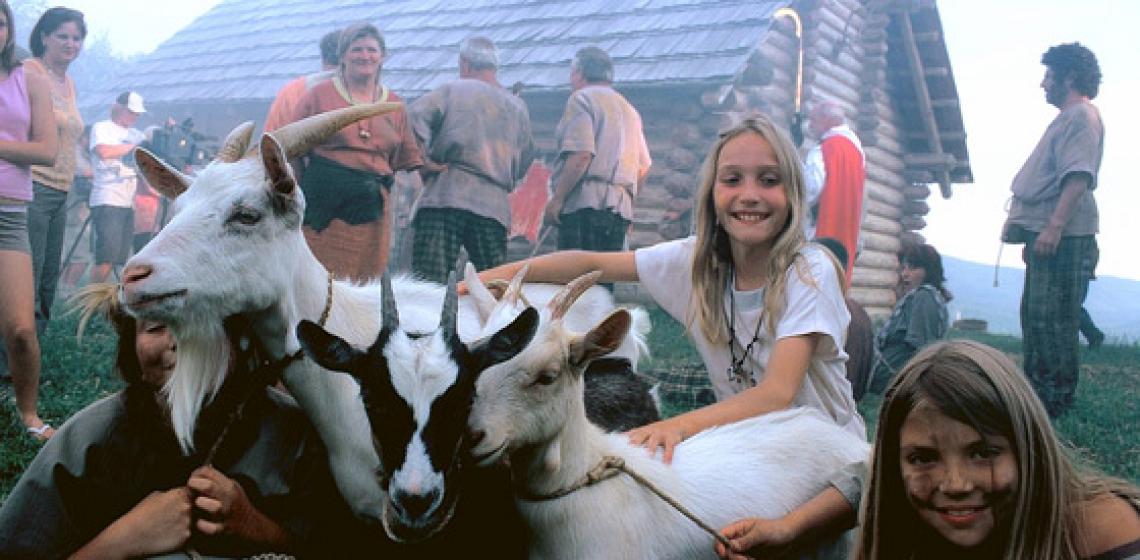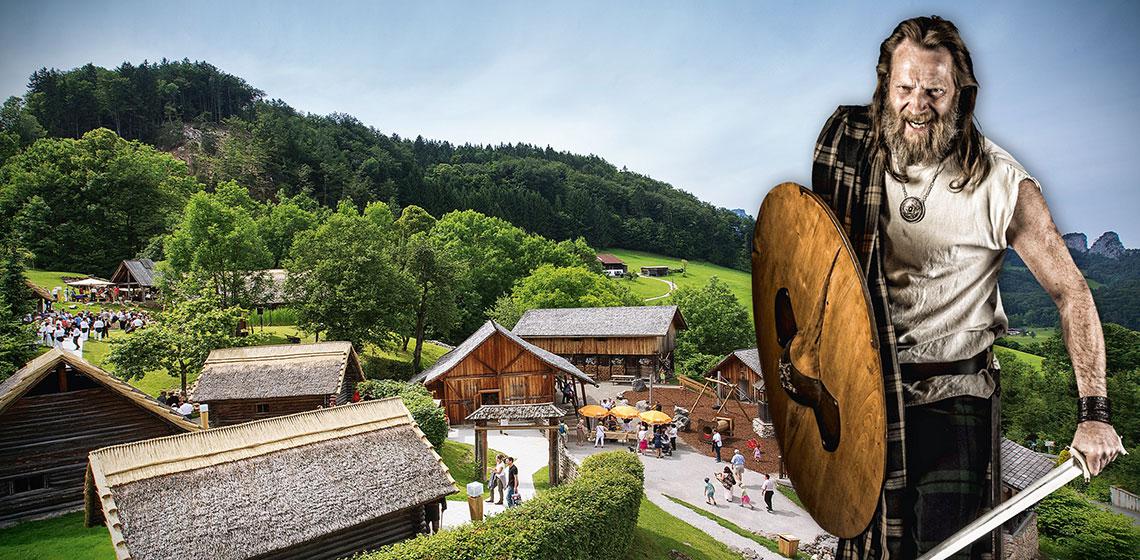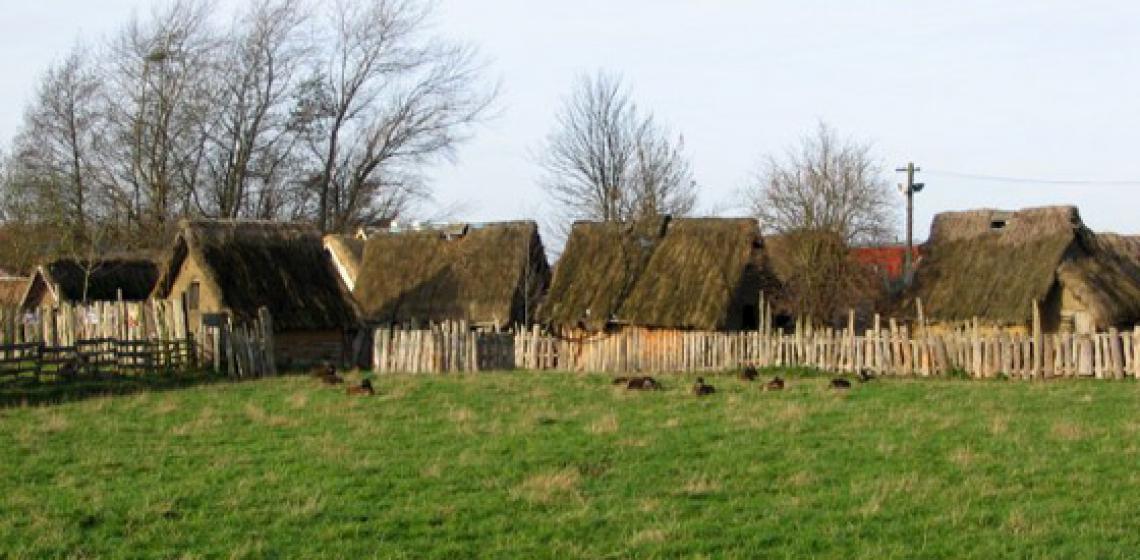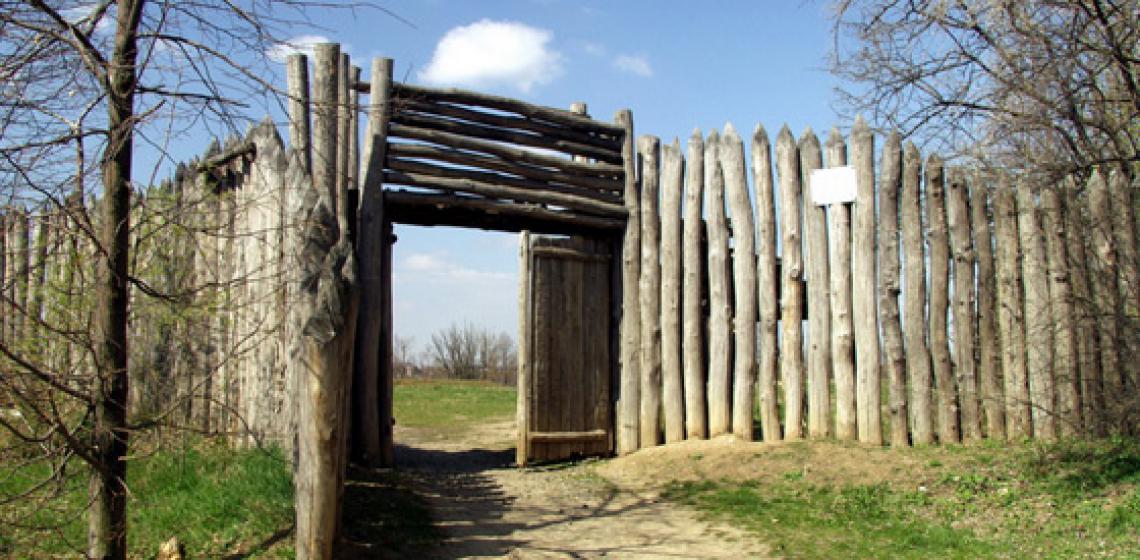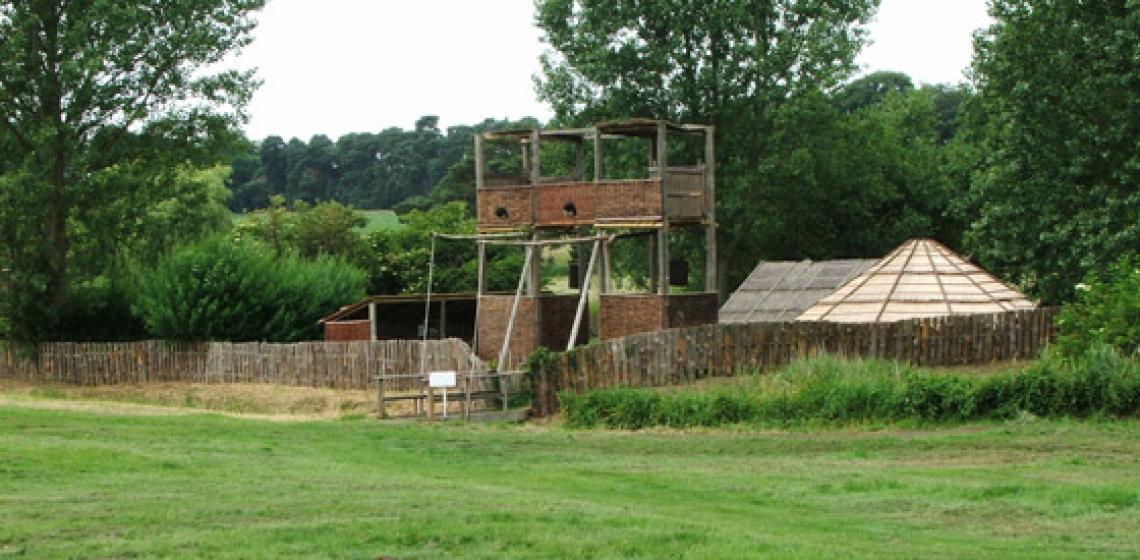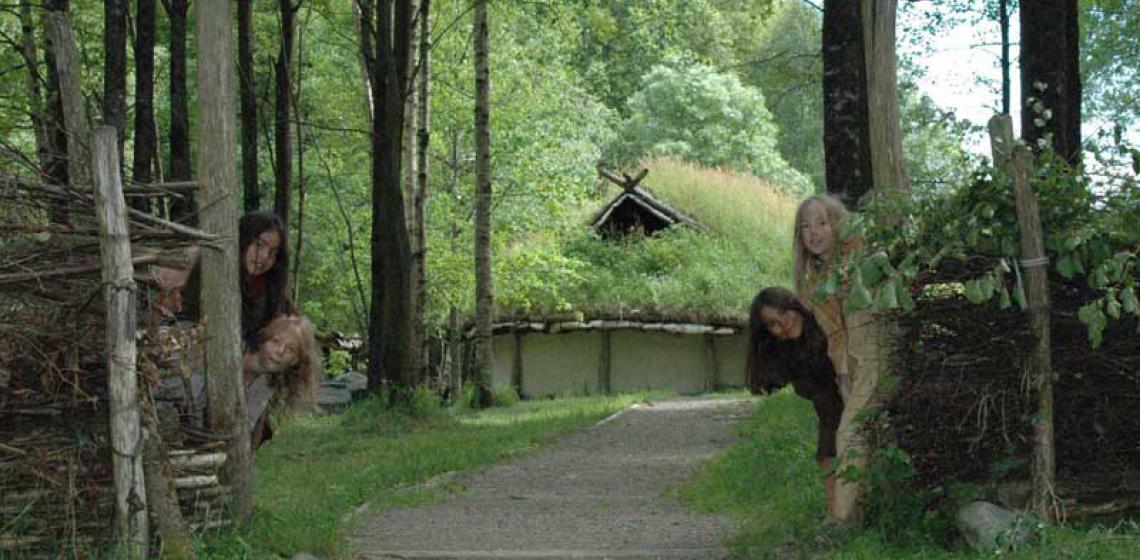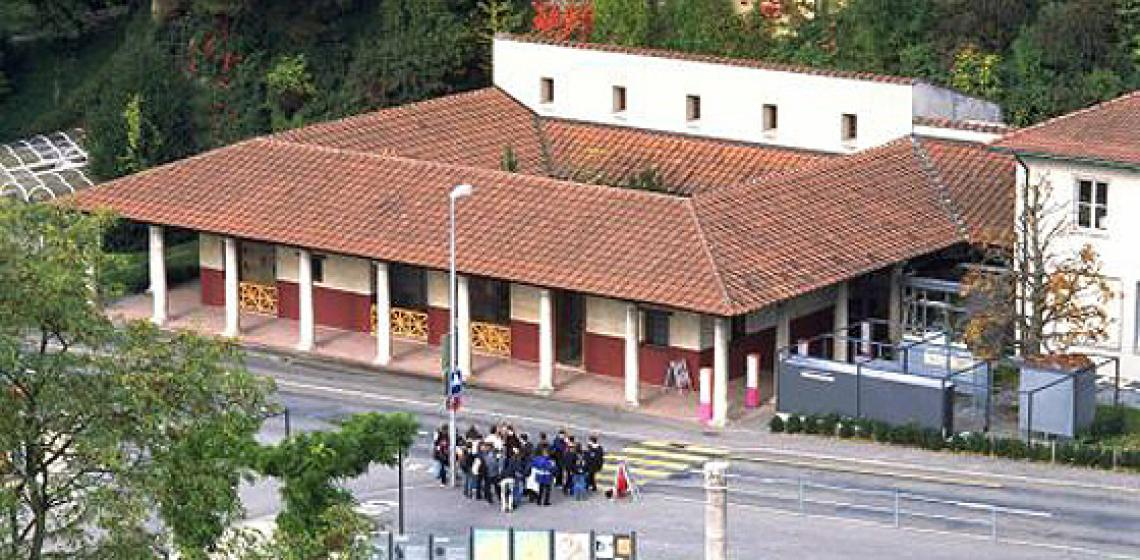Dejbjerg Jernalder (DK)
In Western Jylland, you will find the Ringkøbing-Skjern Museum. It is a culture historical museum, built up as an Ecomuseum with 14 departments divided around the Ringkøbing Fjord. It is a bit of culture and a bit of nature, which is not that strange when you know that the cultural environment is an accepted environment in ‘environment education’ in Denmark.
In Western Jylland, you will find the Ringkøbing-Skjern Museum. It is a culture historical museum, built up as an Ecomuseum with 14 departments divided around the Ringkøbing Fjord. It is a bit of culture and a bit of nature, which is not that strange when you know that the cultural environment is an accepted environment...

